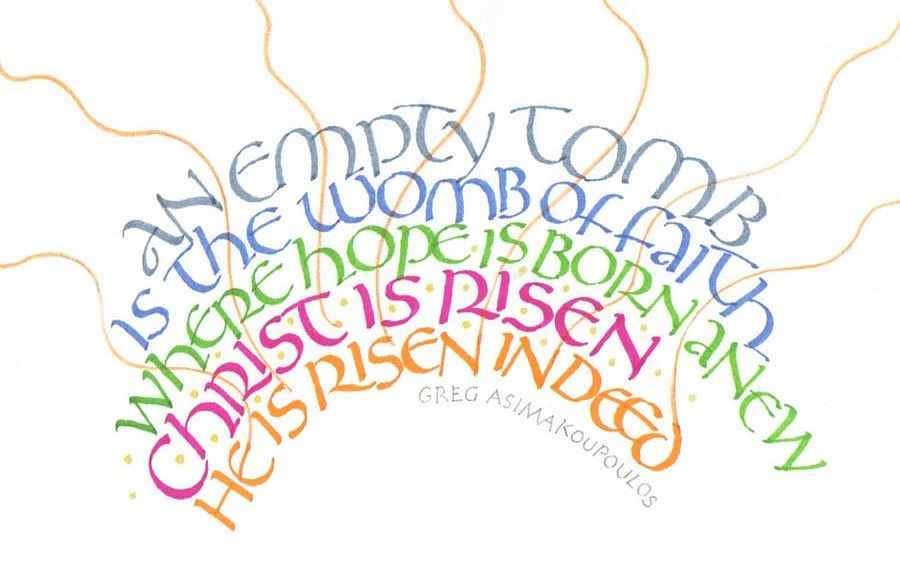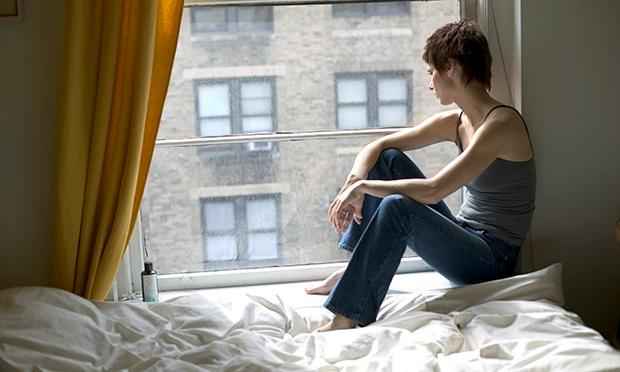





See listing of Recent and Most Popular articles on the Home Page
Health & Wellness
Category: Health & Wellness / Topics: COVID-19 • Crisis • Current Events, News • Demographics • Depresson • Living Alone • Loneliness • Relationships • Wellness
Pandemic Anxiety and Depression Among Young Adults Living Alone
Posted: January 15, 2021
Living alone has more impact on mental health of young adults than older adults…
Editor's note: Here's a case where seniors, who may often feel at a disadvantgae to the young, can use an understadning of this issue to reach out to young people they know, especially those living alone and struggling with anxiety or depression during the pandemic.
The following report from the U.S. Census Bureau was prepared by Thom File, a sociologist in the Census Bureau’s Social, Economic, and Housing Statistics Division and Matthew Marlay, a sociologist and demographer in the Census Bureau’s Social, Economic, and Housing Statistics Division.
Younger adults living alone were more likely than older adults living alone to report symptoms of both anxiety and depression in recent weeks, according to new U.S. Census Bureau data.
The Household Pulse Survey provides insight into the mental health and well-being of adults living alone during the Coronavirus pandemic. The survey asks two questions related to symptoms of anxiety, and two questions about symptoms of depression.
Those between ages 18 and 29 and 30 and 44 reported higher rates of anxiety and depression.
Phase 3 of the survey collects data over two-week intervals, and this article relies on publicly available data collected from Oct. 28 through Nov. 9, a time period in which the Census Bureau sent invitations to 1,035,752 households and received a total of 58,729 responses.
Among adults living alone, respondents age 65 and over reported lower rates of anxiety and depression than those in other age groups (Figure 1).
Those between ages 18 and 29 and 30 and 44 reported higher rates of anxiety and depression. The age groups were not statistically different from each other on either measure.
Respondents in the 45-64 age group reported symptoms of both anxiety and depression at rates that fell between those of the youngest and oldest respondents.
Financial Stress
Economic disruptions such as a loss of income had an impact on the mental health of those living alone, as did the expectation of losing employment income in the next four weeks (Figure 2).
About half (51%) of individuals living alone who either lost or expected to lose employment income reported anxiety, compared with only about a third (32%) of those who had not experienced or expected the same type of economic disruption.
Similarly, about 44% of those who had experienced or expected lost income reported symptoms of depression, compared with about 26% of those who had not experienced or expected economic disruption.
Does Health Matter?
Adults living alone who reported excellent overall health had lower rates of both anxiety and depression: Only 23% reported symptoms of anxiety and 16% reported symptoms of depression (Figure 3).
On the other hand, among adults living alone who reported being in poor health, about two thirds reported symptoms of anxiety and depression (around 65% and not statistically different from each other on both measures).
It is important to emphasize that these questions and analysis do not capture causality. In other words, we do not know whether the mental health of those in good overall health was bolstered because of that good health, or whether poor mental health caused people to report lower levels of overall health.
It is likely that both are true: mental health influences overall health and vice versa.
Households with Children
Overall, about 36% of all adults reported feeling anxiety in the previous week. Adults living alone and those in households with children were slightly more likely to report feeling anxious (about 38% each) than adults living in households without children (34%).
Meanwhile, about 28% of all households reported feeling depressed over the previous week.
When analyzed by specific household type, about 30% of those living alone and those in households with kids reported symptoms of depression, compared to about 26% of adults in households with other adults but without children (Figure 4).
We examined differences in mental health by racial and ethnic groups for those living alone but the results were generally inconclusive and are therefore not included here.
The Household Pulse Survey asks four questions about mental health over the previous seven days, two relating to symptoms of anxiety and two relating to symptoms of depression.
These questions are collected in partnership with the National Center for Health Statistics (NCHS). This analysis follows an approach outlined by NCHS, which categorizes individuals based on how frequently they reported feeling anxious or depressed, consistent with diagnoses of generalized anxiety disorder or major depressive disorder.
Household Pulse Survey data include Household Pulse Survey tables, Technical Documentation and Public Use File (PUF) microdata.
Search all articles by U.S. Census Bureau staff
Posted: January 15, 2021 Accessed 780 times
![]() Go to the list of most recent Health & Wellness Articles
Go to the list of most recent Health & Wellness Articles
![]() Search Health & Wellness (You can expand the search to the entire site)
Search Health & Wellness (You can expand the search to the entire site)
![]() Go to the list of Most Recent and Most Popular Articles across the site (Home Page)
Go to the list of Most Recent and Most Popular Articles across the site (Home Page)
 Loading requested view...
Loading requested view...



